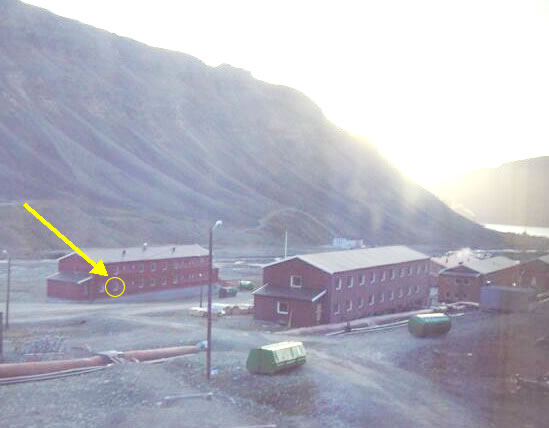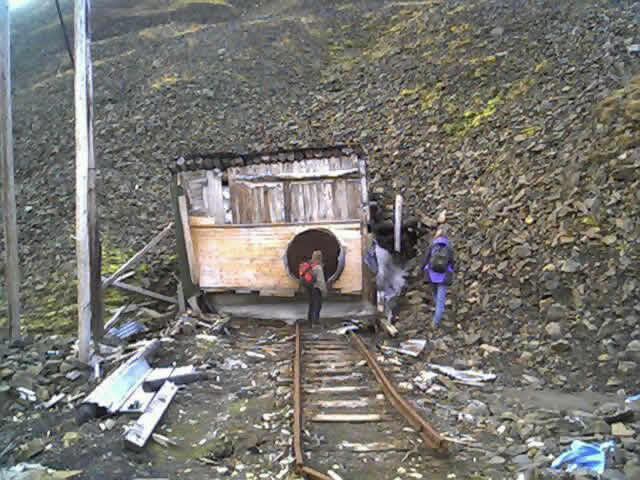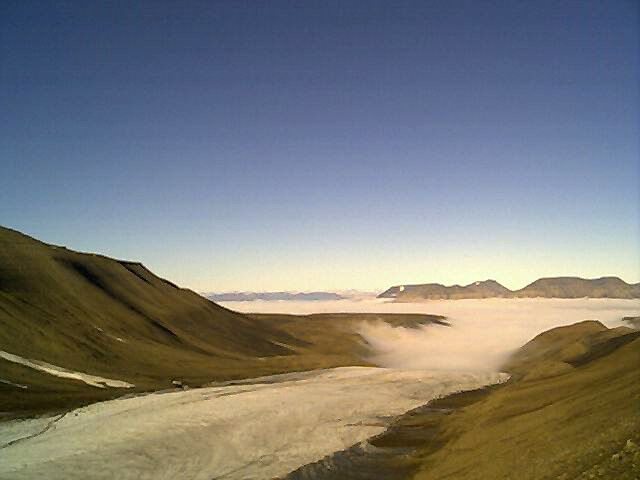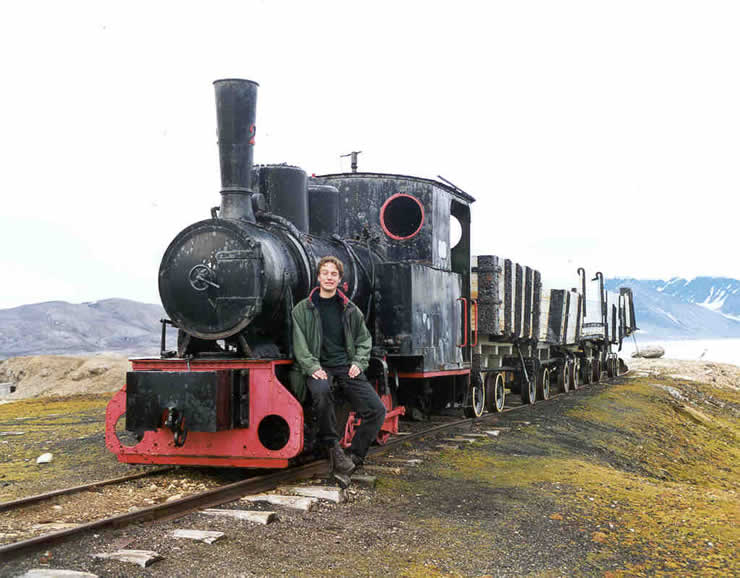| Back to overview | << Preceding report | Following report >> | Email to Niels |
|
zur deutschen Version Spitsbergen Report No. 2September 17th 2001The everday life approachesLife in and around Longyearbyen
Nybyen - the students' settlement during a summer's night. Three kilometres up the glenn at the godforsaken end of Longyearbyen the students are allowed to live. Longyearbyen is actually situated on the left hand-side of the picture. I live in the house on the left behind the second window on the ground floor in "Brakke 4". "Brakke" is definitely not to be translated with "barack". It's much more a "pleasant, friendly and warm space to live, grow and flourish". Especially the strength of the radiators is a fact that can quite seriously impress a middle-european in the summer-time. The ground always looks like on a construction site as on this picture. The permafrost doesn't only refuse to nourish luxurious vegetation, it also spits out all buried solid bodies after some time. Once thawn this soil turns into soft and devouring mud. All warm buildings, as e.g. the pipes in the foreground must be mounted on stilts. The stilts of the houses are disguised. 
Abandonned mine entrance, ca. 1 km from Nybyen. Besides the two acquaintants note the tremendous pile of snow in the inside of the shed (and of course the delicate allusion to the Freistaat) The mine is out of work since the middle of the 20th century. The function of the circular hole remains cryptic. 
Even on Spitsbergen you can have sunshine. There, where the fog begins, Longyearbyen and the last civilization is hid. But there where it ceases, the landscape reveals in an incredibly clear manner. The distances are so big and the free view so long that my urbane eye still refuses not to skip these impressions as deceptions. 
The northernmost train in the world. (Like this it looks like in winter, by the way.) It has just snowed a little bit, but in this semiaride desert the precepitation barely exceeds 200 mm per year (Munich 850 mm). At least it's decently cold for the first time. The immediateness of the deserted nature deadens the intensity of the global occurences. Back to overview Questions ? updated on September 7th 2002 |
|